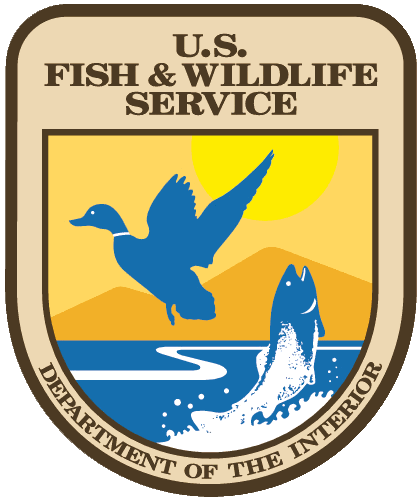River Studies Center
A page within River Studies Center
Visuals are purely decorational and audio is absent.
Bordering the greatest river system in North America, the UWL River Studies Center works to prepare future experts in freshwater science.
In the news
 Ready to make waves
UWL's new research vessel hits the water — with transformative potential in freshwater education
Ready to make waves
UWL's new research vessel hits the water — with transformative potential in freshwater education
 'Transformational' gifts
Donations from McGinleys, Radas to support faculty in microbiology, river studies
'Transformational' gifts
Donations from McGinleys, Radas to support faculty in microbiology, river studies
 Freshwater funding
Support from state’s Freshwater Collaborative boosts UWL projects
More news
Freshwater funding
Support from state’s Freshwater Collaborative boosts UWL projects
More news
See our work in action..
We have dedicated a half-century to providing students with hands-on experiences studying the health of freshwater systems — rivers, lakes, streams, and more — many located just miles from UWL in the Upper Mississippi River valley. Our leadership, scholarship and outreach activities help sustain, restore and increase awareness of these valuable ecosystems.
$13.1
million
external grants support UWL River Studies Center research over the last 15 years.
32
students
gain research experience annually as interns, undergraduate and graduate students
150
Theses
master's degree student theses supported by the River Studies Center since 1972.
View a dynamic timeline of theses produced by RSC affiliated students
Interdisciplinary in nature
The precious freshwater resources on the planet and the challenges surrounding them have created an intense need for careers in water. The UWL River Studies Center brings together students and faculty from a variety of undergraduate and graduate programs to work on freshwater challenges in partnership with state and federal organizations.
Freshwater Collaborative
UW-La Crosse has joined a one-of-a-kind higher education training and research program in partnership with UW System campuses. Through a multidisciplinary course of study across campuses, students will engage in training to address the water challenges facing the world while getting the training to meet future water-focused workforce needs.











